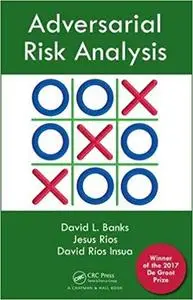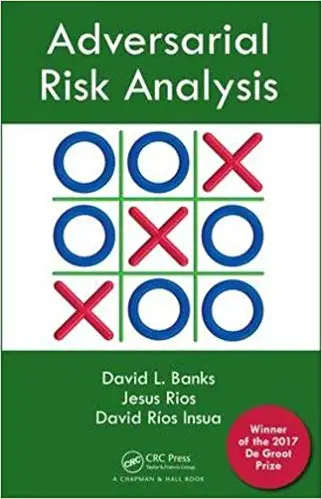David L. Banks, Jesus M. Rios Aliaga, "Adversarial Risk Analysis"
2016 | ISBN-10: 1498712398 | 224 pages | PDF | 3 MB
2016 | ISBN-10: 1498712398 | 224 pages | PDF | 3 MB
Winner of the 2017 De Groot Prize awarded by the International Society for Bayesian Analysis (ISBA)
A relatively new area of research, adversarial risk analysis (ARA) informs decision making when there are intelligent opponents and uncertain outcomes. Adversarial Risk Analysis develops methods for allocating defensive or offensive resources against intelligent adversaries. Many examples throughout illustrate the application of the ARA approach to a variety of games and strategic situations.
Focuses on the recent subfield of decision analysis, ARA
Compares ideas from decision theory and game theory
Uses multi-agent influence diagrams (MAIDs) throughout to help readers visualize complex information structures
Applies the ARA approach to simultaneous games, auctions, sequential games, and defend-attack games
Contains an extended case study based on a real application in railway security, which provides a blueprint for how to perform ARA in similar security situations
Includes exercises at the end of most chapters, with selected solutions at the back of the book
The book shows decision makers how to build Bayesian models for the strategic calculation of their opponents, enabling decision makers to maximize their expected utility or minimize their expected loss. This new approach to risk analysis asserts that analysts should use Bayesian thinking to describe their beliefs about an opponent’s goals, resources, optimism, and type of strategic calculation, such as minimax and level-k thinking. Within that framework, analysts then solve the problem from the perspective of the opponent while placing subjective probability distributions on all unknown quantities. This produces a distribution over the actions of the opponent and enables analysts to maximize their expected utilities.



